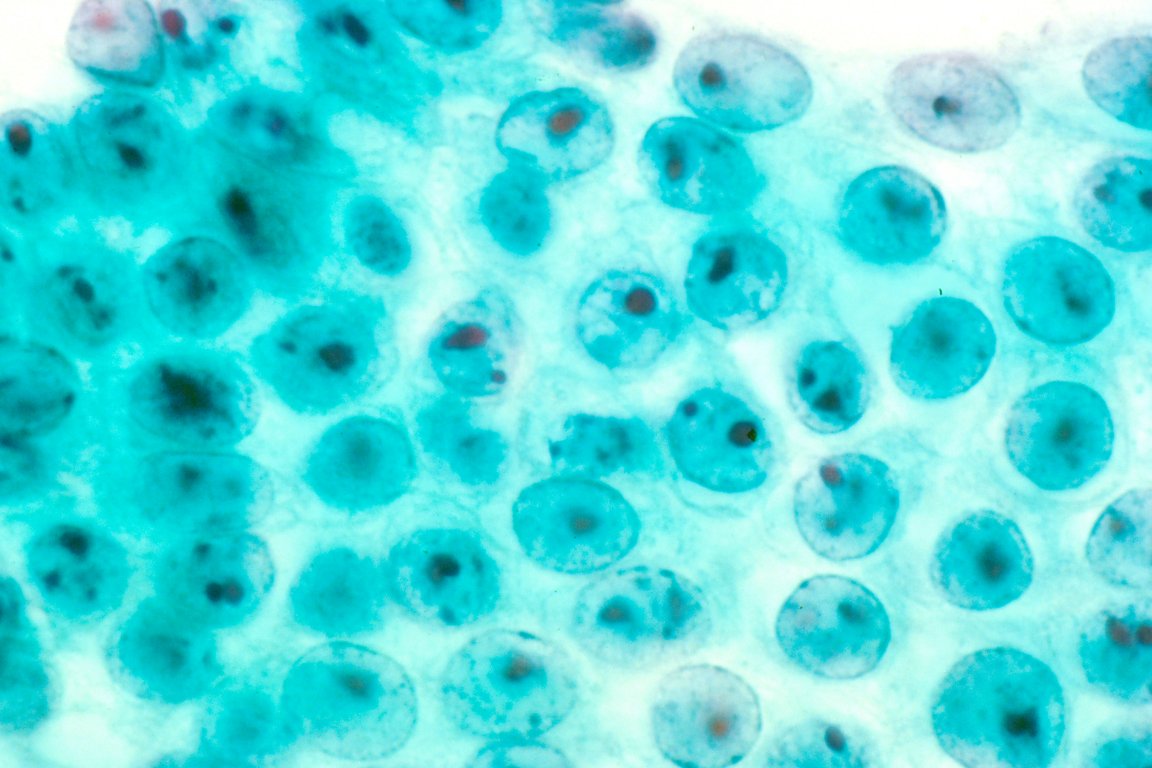
Remarkable Results
In the Netherlands, Els van der Heijden has lived for over 50 years with cystic fibrosis (CF). She hasn’t let it stop her from finishing college and starting a career in consulting, rising above the many challenges that the hereditary condition involves. But despite her resilience, Heijden has described living with CF as living with “a dark cloud hanging over my head.” This was, however, before she read about a child named Fabian whose life was saved with a “mini-organ” grown from a small piece of colon tissue (the colon is one of several organs affected by CF).
The organoid, or lab-grown “mini organ,” wasn’t implanted in Fabian but, rather, was used to test the easily accessible, inexpensive drug ivacaftor (Kalydeco). Because Fabian’s CF was caused by a rare mutation, treatment options weren’t obvious. The test showed the drug to be extremely effective, giving Fabian relief within hours. After discovering this, Heijden spoke to her doctors and they agreed to have a “minigut” created for her as well. Her miniature organ was tested with the drug Orkambi — a combination of ivacaftor and another compound. Remarkably, the result was similar to Fabian’s; she responded beautifully. “I had an enormous amount of energy,” she said, “for the first time ever, I felt like my body was functioning like it should.”

Mini Medicine
This strange, life-saving medical practice was developed in the lab of Hans Clevers. Since the initial creation/discovery, Clevers has made it possible to create organoids from the stomach, pancreas, liver, and even brain. Organoids have even been created from tumor cells — a process where scientists introduce mutations into organoids made from healthy tissue, thereby allowing them to study the progression of cancer.
Stories like Heijden’s show just a fraction of the potential organoids hold. According to Rudolf Jaenisch, a stem cell scientist at the Massachusetts Institute of Technology in Cambridge, “It is highly likely that organoids will revolutionize therapy of many severe diseases.” While Clevers “was always driven by curiosity,” the real-world applications of this curious endeavor are becoming not just feasible, but potentially life-changing.
Organoids are created from incubated tissue samples and can be used to repair tissue, test drugs (as was demonstrated with Fabian and Heijden), test toxicity, study microbial interaction, model infection, and study the progression and development of cancers. One thing that sets these types of studies apart is how effective the use of organoids is for patients with less common mutations. Heijden shares her mutation with only two others in all of the Netherlands. But because the mini-organ that the drug was tested on was made with her own tissue, it was possible to show the potential effects on Heijden herself. It will be interesting to see how this method progresses through continued testing and regulatory approval. For now, it certainly has Heijden’s approval, who described her recovery: “It was as if someone opened the curtain and said, ‘Look, the sun is there, come out and play. And I did.”